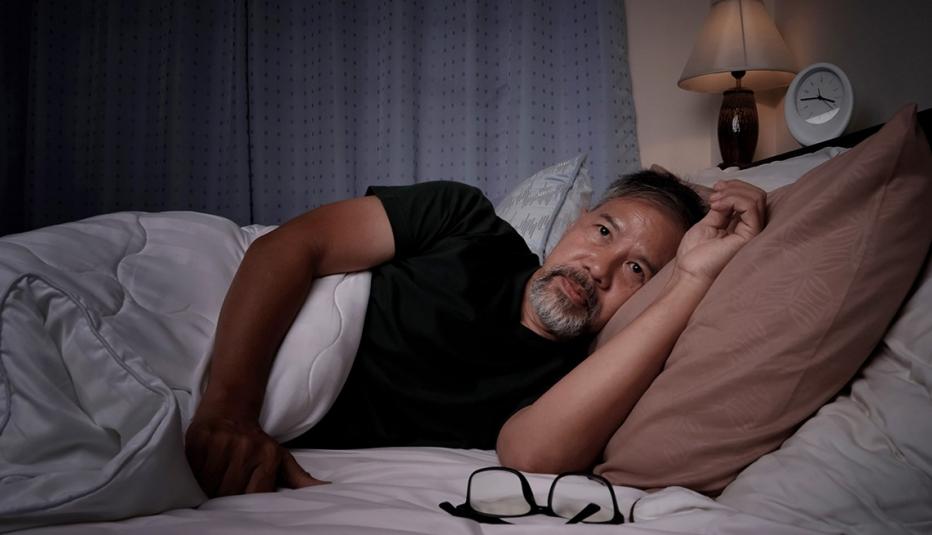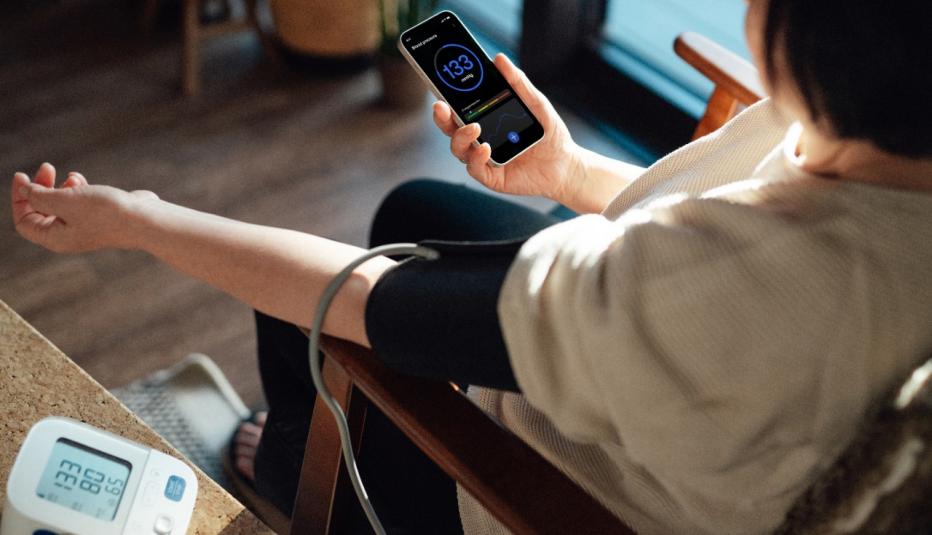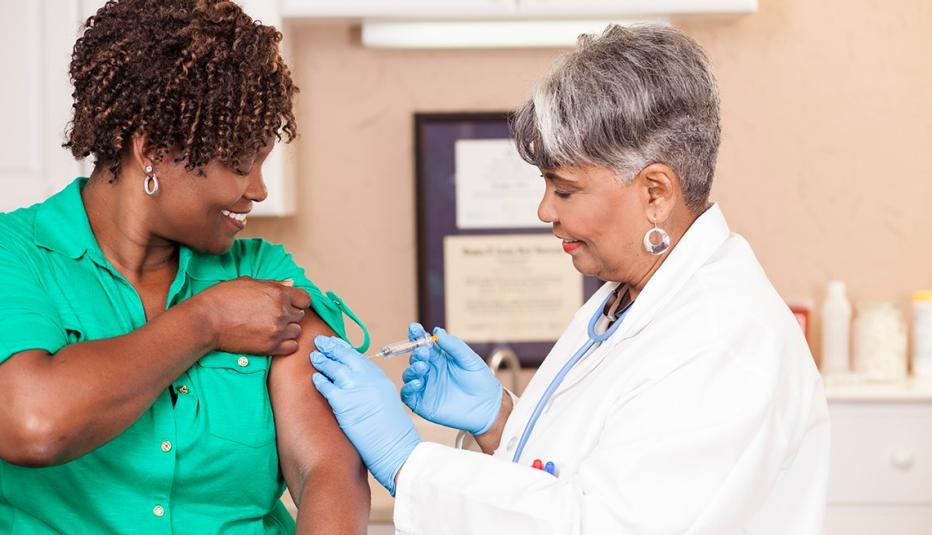AARP Hearing Center
Building a Culture of Health
When it comes to catalyzing a Culture of Health in America’s communities, creative solutions are emerging to promote well-being. As a means of fostering that trend, the AARP Public Policy Institute has launched a Culture of Health initiative to champion change across America in the areas of health and well-being.
Meet the AARP Well-Being Champions—a group of 10 leaders, all of whom are 50+, who saw a challenge before them—literally close to home, in their own communities—and responded. We highlight these Champions and their solutions to help spread good ideas, and to inspire you to generate new solutions for your community.
Sari Feldman, Cuyahoga Public Library’s Hospital Branch. Libraries have increasingly become a central and interactive part of the community. Sari Feldman has taken that dynamic to a whole new place. Literally.
Paul Leon, Illumination Foundation. Struck by the magnitude of the homeless problem around him, Paul Leon got an idea. The solution? A resource seen in many cities, but one that most people might overlook.
Shireen Lewis, SisterMentors. One day as a doctorate student studying French Literature, Shireen Lewis realized something was missing: she lacked a university support community comprising women of color. But when she organized a small group of like-minded students—as happens countless times on campuses across the country—she had no idea it was the seed for what would become her life’s work.
Patricia McGinnis, California Advocates for Nursing Home Reform.What Patricia McGinnis witnessed in an early-career job at a state hospital shocked her—the overuse of anti-psychotic drugs on patients who didn’t need them. She’s been working to stop such practices ever since.
Kellen Kee McIntyre, Bihl Haus Arts Center. Plans to develop an affordable retirement community called into question the future of an historic property on the site that had fallen into disrepair. McIntyre came up with an idea, and the initial concept took on a life of its own.
Gloria McNeal, National University. Mobile health services are one way to bring health care to people who need it most. But how can a van that comes and goes truly become part of the community? Gloria McNeal found a way to ditch the van concept and connect with people.
Scott Miller, Circles USA. Scott Miller wants his clients to move out of poverty—for good. He wants to see them thrive, not just subsist and survive, and he’s making that happen at Circles USA.
Elizabeth OuYang, Plum Blossoms. Values and norms associated with some cultures can prevent people from seeking help and support. After a personal crisis turned Liz OuYang’s life upside-down, she was inspired to reach out—not just for herself, but to help others.
Robin Phillips, Rural Transit Assistance Program. Given such resourcefulness and creativity, her accomplishments aren’t much of a surprise. Among them: This office worker-turned-urban biker is the mastermind behind the rebirth of rural, intercity bus service in America. And her mission continues.
Siobhan Reardon, Culinary Literacy Center. Unacceptable literacy rates and food deserts are two big-city problems. Siobhan Reardon, president and director of the Free Library of Philadelphia, came up with an idea to tackle both.
For more information, contact Jennifer Peed, AARP Public Policy Institute: JPeed@aarp.org































































